Freelance graphic designer Gabriela Nisizaki has recently returned to Montevideo, Uruguay having completed an MA in Visual Communication at the Technological University Dublin (formerly DIT.)
Gabriela intends to travel between Montevideo and Monterrey in Mexico to teach, while also continuing her professional practice as a freelance designer. “I have always loved Mexican culture, art and design.” Travelling to different countries and pursuing new cultural experiences runs in Gabriela’s family. “My dad is of Japanese descent. My grandparents were born in Kobe, Japan but travelled to Uruguay during the Second World War. My mother was born in Rosario, Argentina and moved to Uruguay when she met my father.” Seeking new inspiration through new cultural experiences forms a large part of her identity as a designer.
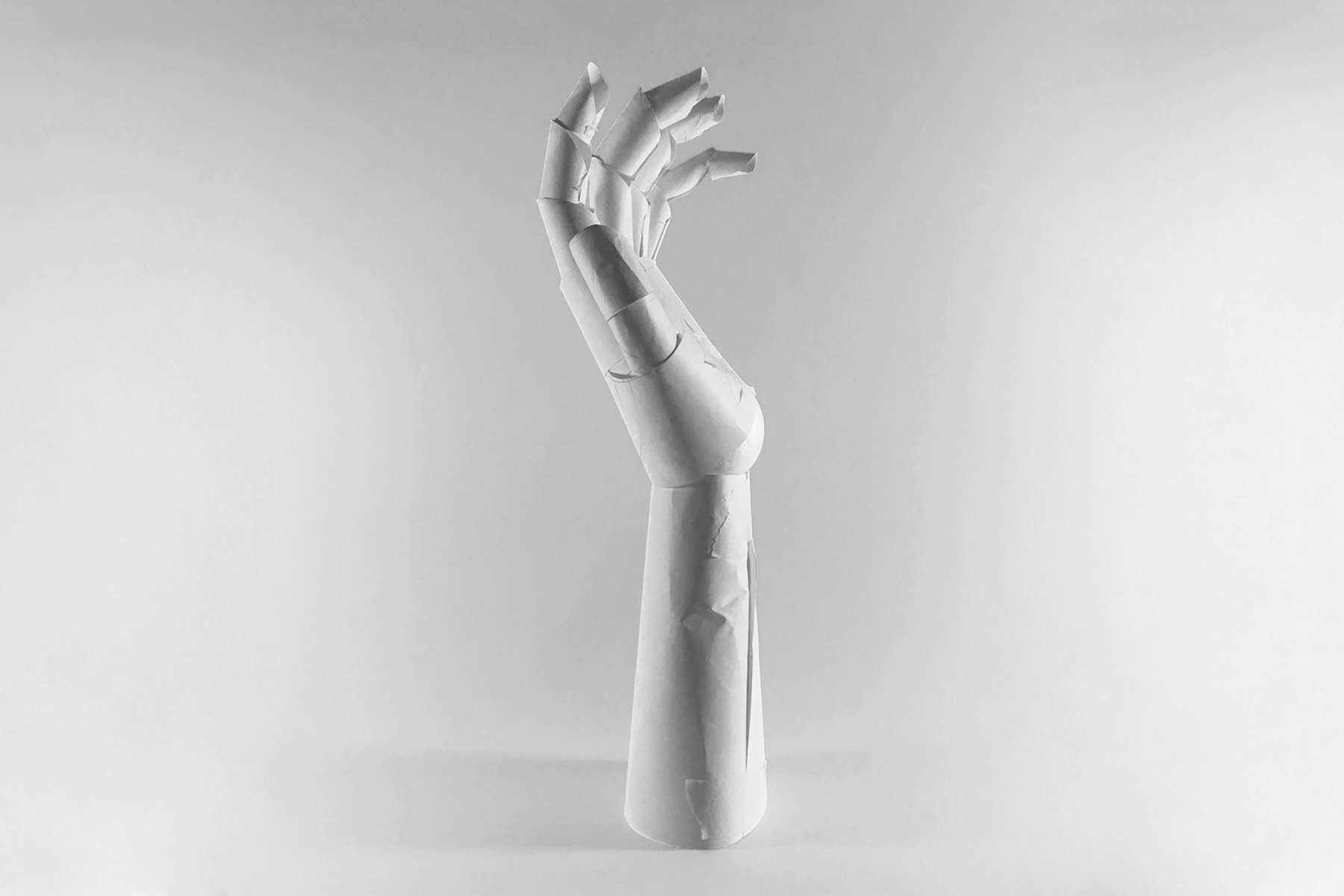
Growing up, Gabriela and her sister were always encouraged to explore their artistic abilities, while also focusing on their studies. “I studied ceramics and painting. Our family travelled quite a lot and I enjoyed going to art exhibitions wherever we went. I believe those early years set the base for my design inclinations.” Like some of the other emerging designers we have been speaking to, Gabriela was considering a number of creative career options before deciding to study visual communication in college. “When I was fresh out of high school, I listened to speakers from lots of different design disciplines. I wanted to study all of them. I have always felt that product design, fashion design and graphic design all complement each other. Graphic design lacks the three-dimensional experience and craftsmanship that product design has. Fashion design integrates materials and self-expression on a different level. In the end I chose visual communication but I promised to integrate as much of the other disciplines as I could.” Gabriela completed a Bachelor’s degree in Graphic Design at ORT University Uruguay in 2013, where she later went on to teach for three years. These days she considers visual communication to be a much broader cross-disciplinary practice than she’d originally believed.
At the start of 2018 Gabriela made the decision to pursue a masters in graphic design. There were no MA design courses available in Uruguay, so Gabriela and her husband began to look at potential opportunities further afield. “My husband was an IT Manager at the time, so his work was in high demand. (He’s a Chief Technology Officer now.) He applied to different positions in Europe and the best offer for both of us was in Ireland. I applied to the masters in TU Dublin and was accepted. Fortunately, I was also awarded the International Student Scholarship.” Travelling to Ireland and completing the masters gave Gabriela a much broader view on design. “I was very lucky to have Clare Bell and Brenda Duggan as my tutors. They were both very insightful and inspiring. I got to reflect on how graphic design practice has become increasingly faster, and how sometimes we forget to ground and research the work properly. Taking the time to set up a base for the project and follow a logical process yields better results.” The year-long masters allowed Gabriela to step out of her comfort zone, explore different design solutions and achieve new outcomes. The theoretical aspects of the course also really appealed to her – the conversations about contemporary art, culture, history, gender, politics and how they all feed into design.
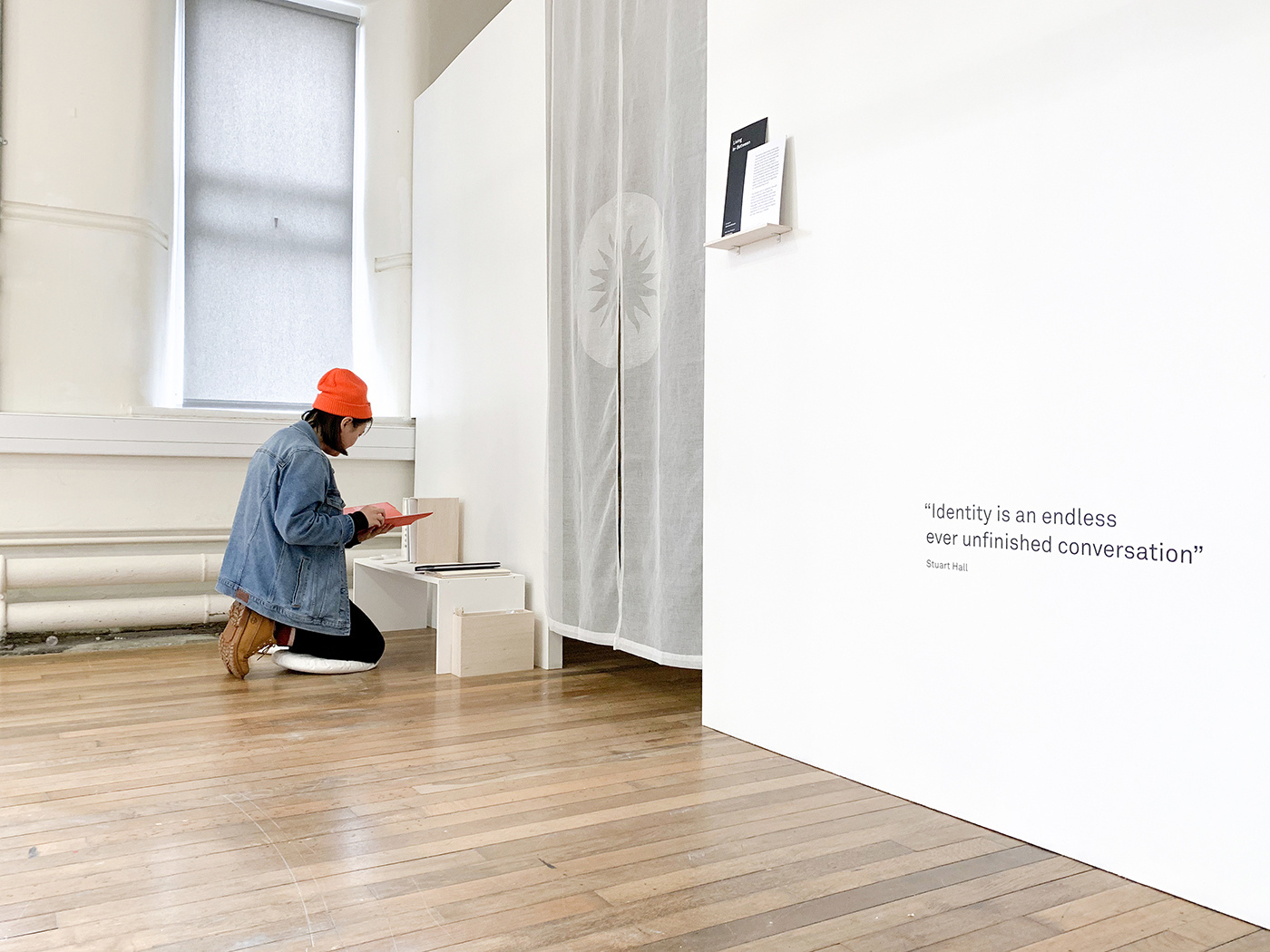
The final project of her masters was particularly significant for Gabriela. It was a research project that focused on questions of identity and memory in design. “Based on my own family’s history of immigration the project sought to question how cultural identity is formed between different cultures. The audience were invited to experience an immersive, ambivalent third space in-between Uruguayan, Argentinian and Japanese cultures. Animated patterns were projected and used as a universal language to communicate ideas about cross-cultural exchange and living in-between.” Visitors entered the space through a ‘noren’ curtain, which featured a symbol based on the sun icons of the Japanese and Uruguayan flags. Gabriela’s process and development notebooks sat on a low table surrounded by tatami cushions. Working on the project, she referenced a number of different cultural theorists such as Stuart Hall, Nestor Garcia Canclini, Ien Ang and Homi Bhabha on concepts of difference, decolonisation, diaspora, multiculturalism and otherness. “As the world becomes increasingly interconnected, cultures and people continuously flow from one place to the next. Cultural identities now explore far more than a person’s location or place of origin. Each of us may experience some struggles based on our different positions in the world. However complex, identity gives us an idea of who we are, and hence how we relate to others, helping to negotiate our understanding of self.”
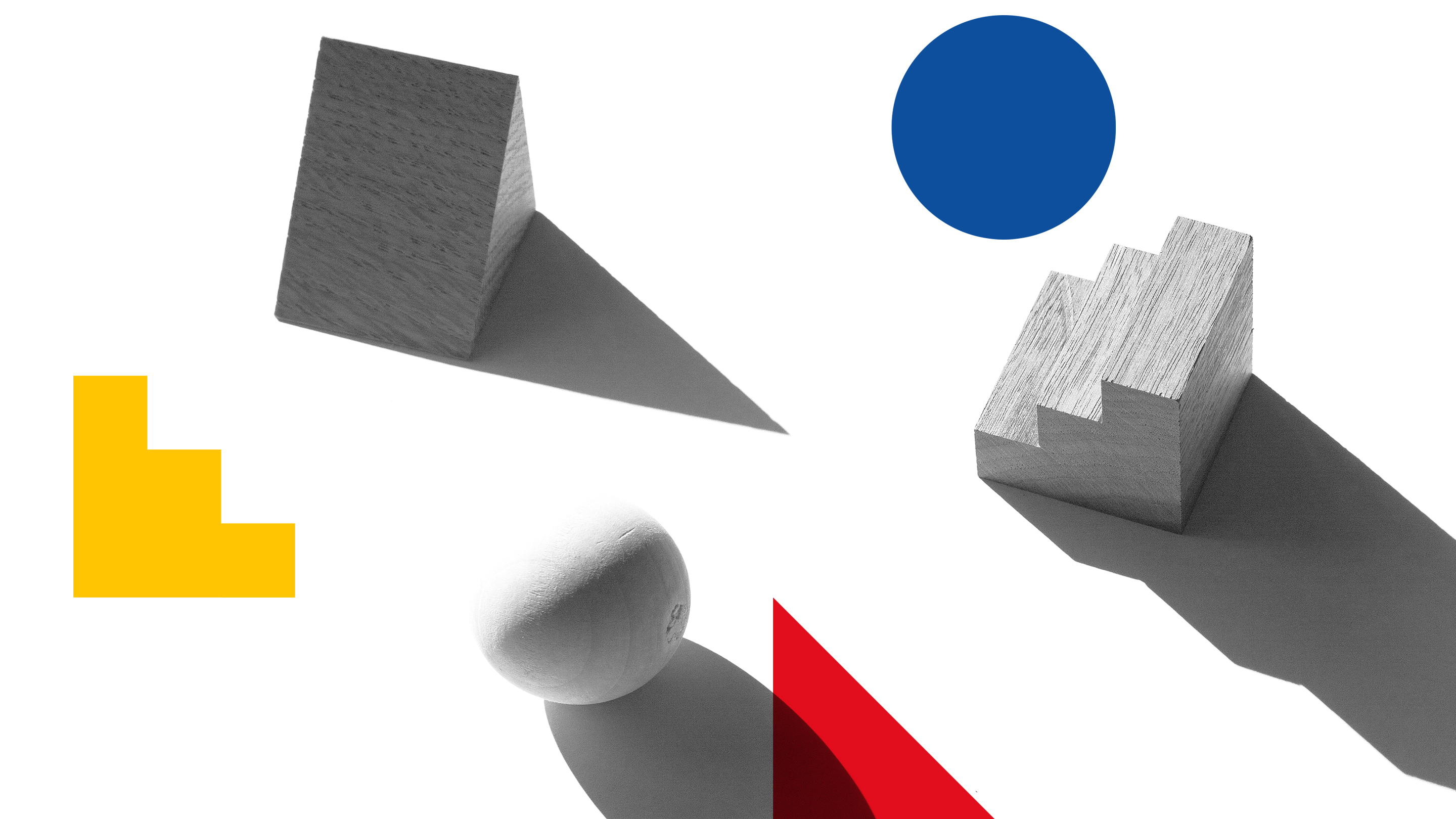
During her time in Ireland Gabriela participated in Design West, a two-week summer course located in Letterfrack, Connemara on the West Coast of Ireland. “It was the experience of a lifetime. I got the opportunity to meet other talented Irish and international designers, like Conor Clarke, Unthink, Isidro Ferrer, R2 and Pentagram.” At the start of the programme each designer could pick from one of five design briefs. Gabriela designed a board game based on Fidchell, an ancient Celtic board game that is similar to the modern game of chess. “I designed the game to raise awareness of the complications and difficulties that arise for wheelchair users thanks to the limitations of buildings.”
Gabriela loves design with a passion but occasionally needs to remind herself to take a break. “Creative block can be frustrating. Sometimes there are days when you can’t fulfil all your goals. It can cause such internal conflict. Sometimes I have to take a step away and try to evaluate the direction a project is taking. It allows me to change whatever is not working, even if I feel personally attached to it.”
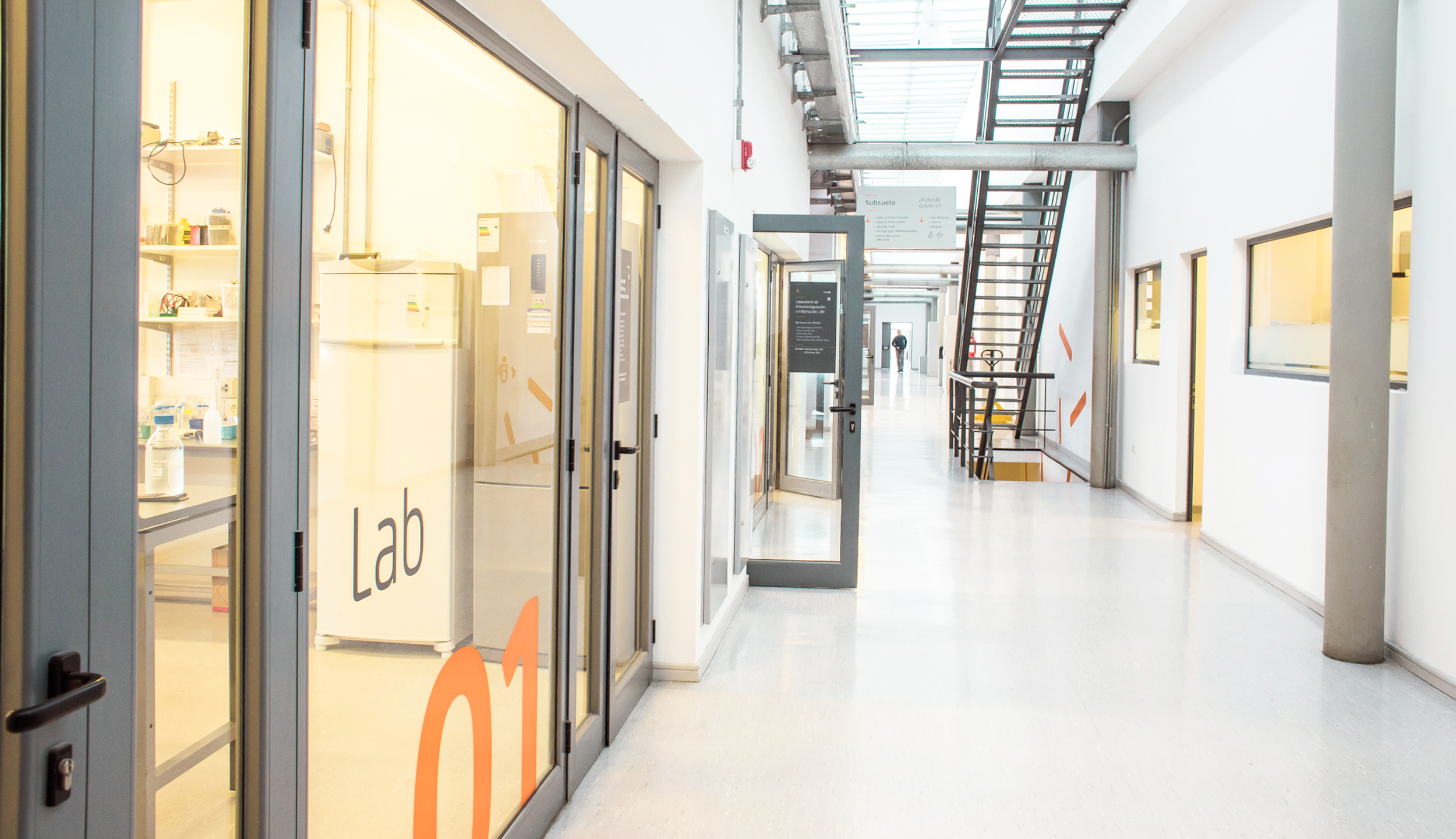
She has worked on a lot of different projects for up-and-coming entrepreneurs and for larger, more well-known clients. In 2016 she worked on the signage for a scientific research facility in Montevideo called Institute Pasteur. “It was the largest project I have worked on to-date. Fortunately, I was able to assemble a great team and the results were very gratifying.” She worked alongside Beatriz Fernandez and Francisco Sanchez to create a wayfinding system that catered to the requirements of the institution, adapted to the characteristics of the building and suited the needs of its users.
One of Gabriela’s main inspirations is her friend and mentor Gustavo Wojciechowski. “I was really inspired by Gustavo’s recent exhibition of book cover designs, which featured work spanning 40 years. I admire his versatility and resourcefulness, not to mention the amount of work he has produced over the years. He is definitely a role model for Uruguayan graphic design and culture.” She is also a big fan of Argentinian artist Julio Le Parc. “Recently I visited his exhibition in Buenos Aires. I became obsessed and fascinated by the power of his compositions, and his use of colour.”
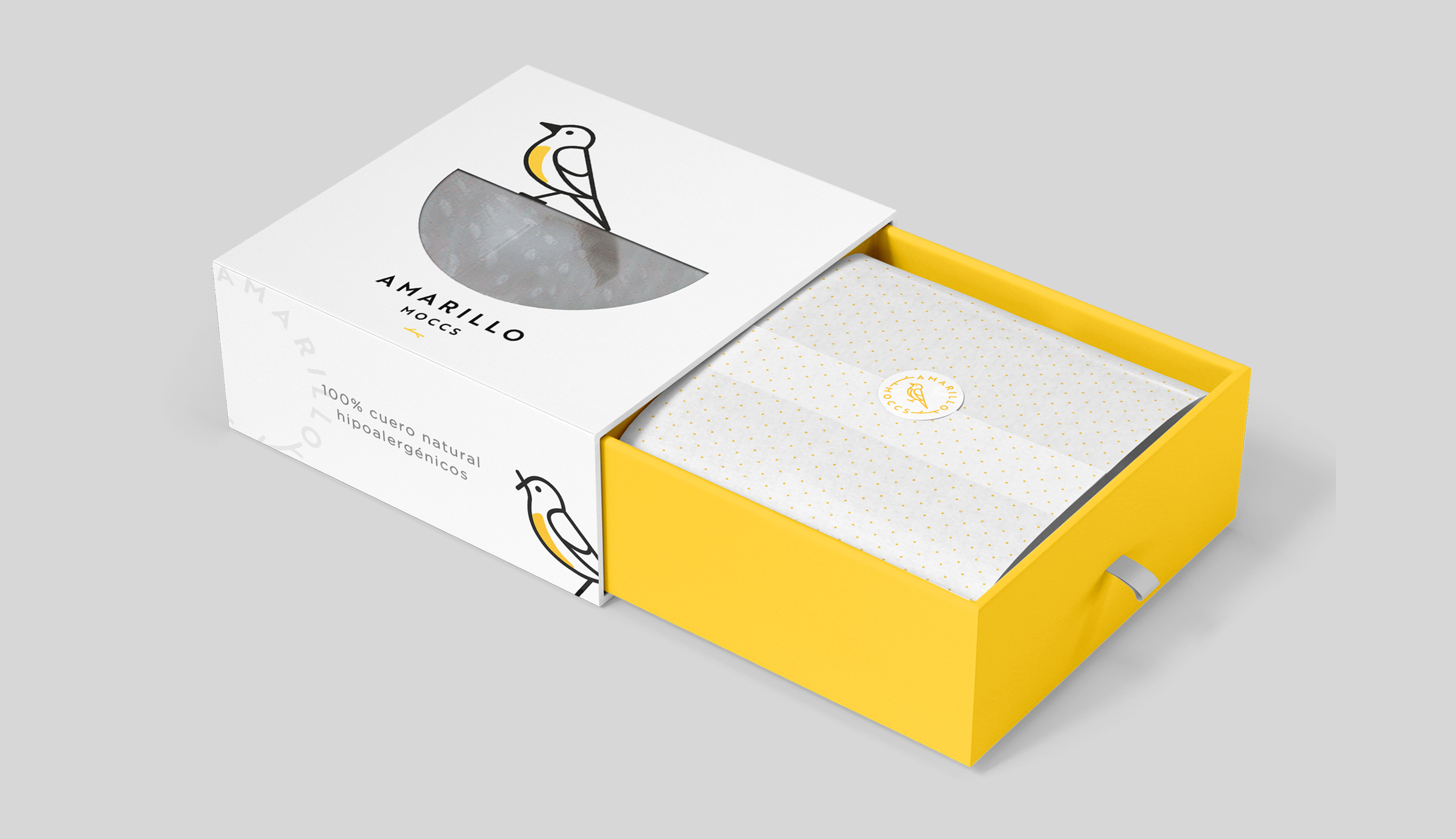
When Gabriela first began teaching at ORT University Uruguay, she found it quite challenging. “I had to learn to overcome my fears and stand in front of a large class. I turned every shade of red in the Pantone swatch book. It was also difficult because I was quite young when I began. On the one hand, I had to work harder to gain the student’s respect but on the other hand, I feel like I’m better equipped to communicate and sympathise with the class.” Overall, Gabriela has found teaching to be a “surprisingly enlightening experience.”
“I believe design is not an artistic self-expression; it’s about understanding the needs of your client, the users and the piece. You are not seeking your own fulfilment as a designer but listening and making something stand out, as well as belong. I always try to make time for personal projects to express myself.” Gabriela has previously explored paper craft and sculpture. A few years ago, she also created a hand-made metal marquee with lights. Over the next few years she would like to collaborate with people from all over the world, work on projects that allow her to travel and network in a broad design community. “I would also like to work with other great women in the design industry and achieve more visibility for female role models in the design community.”
We wish Gabriela all the best in her graphic design practice and teaching endeavours. You can visit her website here to view a selection of her best projects!